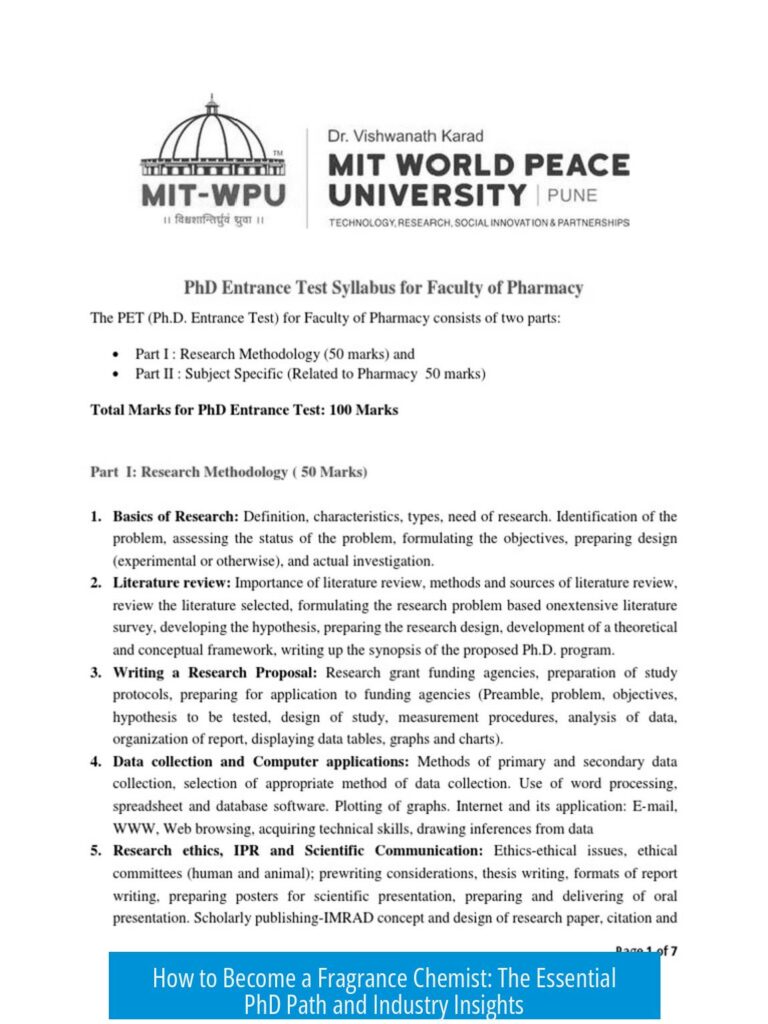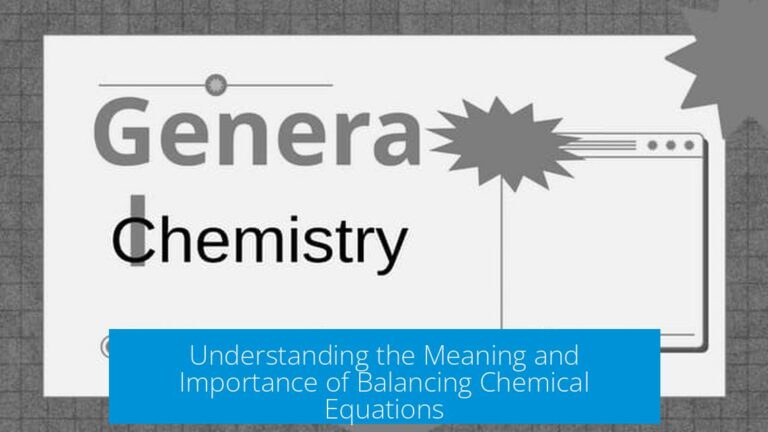What Property Makes Caffeine More Soluble in Dichloromethane Than Water?

Caffeine’s solubility in dichloromethane exceeds that in water primarily due to its inability to donate hydrogen bonds and its moderate polarity, which favors interactions with the less polar dichloromethane over highly polar water that prefers self-association.
Polarity Differences Between Solvents

Dichloromethane (DCM) is moderately polar but much less so than water. It is sometimes mistakenly called nonpolar, but it possesses a dipole moment due to its molecular structure. Water, by contrast, is highly polar. This polarity difference significantly influences solubility behaviors.
Caffeine’s Molecular Interaction Capabilities
- Caffeine molecules contain multiple nitrogen and oxygen atoms that act as hydrogen bond acceptors.
- However, caffeine lacks hydrogen atoms capable of donating hydrogen bonds.
- This restricts caffeine to only accept hydrogen bonds but not participate as a donor.
Hydrogen Bonding and Energy Considerations
Water molecules form strong hydrogen bonds among themselves, resulting in a large self-associated network. This network is energetically favored. Consequently, water molecules prefer bonding with each other rather than interacting with caffeine molecules.
Dichloromethane does not engage in extensive hydrogen bonding but interacts favorably with caffeine’s polar sites through dipole-dipole interactions. These interactions enhance caffeine’s solubility in DCM compared to water.
Structural and Solubility Trends
Caffeine resembles xanthine structurally but with added methyl groups that reduce its polarity slightly and enhance solubility in organic solvents. Xanthine itself has limited water solubility, hinting at how structural nuances tilt solubility toward organic phases.
Summary Points
- Caffeine cannot donate hydrogen bonds, only accept them.
- Water strongly hydrogen bonds with itself, limiting its ability to solvate caffeine.
- Dichloromethane’s moderate polarity favors solvation of caffeine’s polar sites.
- Caffeine’s structural features reduce its overall polarity, favoring organic solvents.
Why does caffeine dissolve better in dichloromethane than in water?
Caffeine can accept hydrogen bonds but cannot donate them. Water prefers bonding with itself, so it won’t interact well with caffeine. Dichloromethane has moderate polarity, allowing better caffeine solubility.
How does caffeine’s hydrogen bonding affect its solubility?
Caffeine only accepts hydrogen bonds. Since it can’t donate hydrogen bonds, water molecules don’t bind strongly to it, reducing its solubility in water compared to dichloromethane.
What role does the polarity of dichloromethane play in caffeine’s solubility?
Dichloromethane is less polar than water but not completely nonpolar. Its moderate polarity matches caffeine’s properties better, helping caffeine dissolve more easily.
Why does water prefer to self-associate rather than dissolve caffeine?
Water molecules form strong hydrogen bonds with each other. This self-association is energetically favored over bonding with caffeine, which lowers caffeine’s solubility in water.
Do caffeine’s structural properties influence its solubility differences?
Caffeine lacks hydrogen-donating groups and has moderate polarity. These features make it more compatible with organic solvents like dichloromethane and less soluble in water.





Leave a Comment